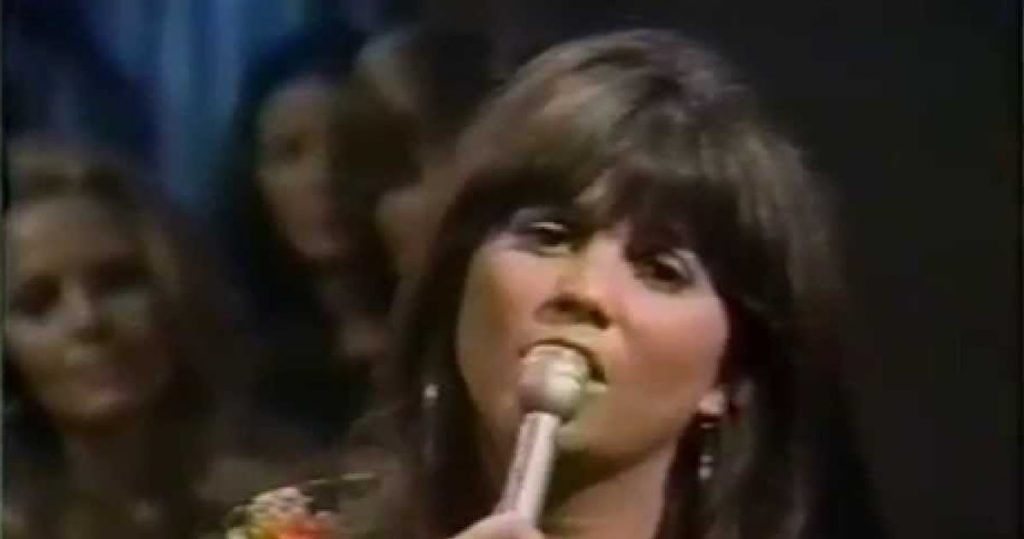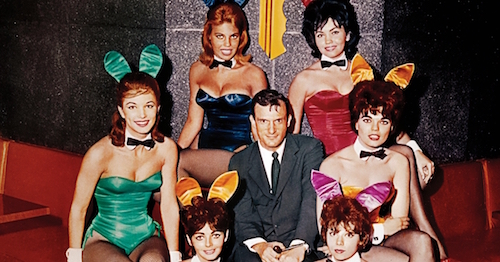
When Hugh Hefner died at age 91, on September 27, 2017, there were no shortage of opinions—both pro and con—on what the man accomplished during his lifetime, and whether those accomplishments ultimately had a positive or negative effect on society. Did Hef and the world he fashioned around Playboy objectify and lower women? Was the man in the bathrobe a crusader for civil rights and the sexual revolution? Is it possible that—as is true for a lot of people in the public eye—that there was some of both?
We’ll let those debates rage on in other forums. One thing Hefner, born April 9, 1926, undeniably did was to promote culture. In 1959 he launched the Playboy Jazz Festival, which still occurs annually, and he also realized early in his career that television could be utilized to promote his brand and the lifestyle—be it real or fabricated—that Playboy sold. In 1960 he launched his first regular series, a talk and entertainment program called Playboy’s Penthouse, which ran in syndication for two years. During the course of the program’s run, it often featured musical performers, particularly in the jazz realm, thought to be in line with the freewheeling values espoused by Playboy.
 It wasn’t until 1969, well into the rock revolution, that Hefner returned with another regularly scheduled program, Playboy After Dark. Structured very loosely to resemble a party that might take place at one of his Playboy Clubs (it actually taped at CBS Television City, in L.A.), the show naturally made ample use of the scantily clad trademark Playboy bunnies that had long become a symbol of Hef’s domain, but it also showcased many of the era’s top music acts. And, since it ran in 1969-70, that meant rock.
It wasn’t until 1969, well into the rock revolution, that Hefner returned with another regularly scheduled program, Playboy After Dark. Structured very loosely to resemble a party that might take place at one of his Playboy Clubs (it actually taped at CBS Television City, in L.A.), the show naturally made ample use of the scantily clad trademark Playboy bunnies that had long become a symbol of Hef’s domain, but it also showcased many of the era’s top music acts. And, since it ran in 1969-70, that meant rock.
On its maiden episode, which aired Jan. 18, 1969, the musical guest was Clara Ward, the famous gospel singer, booked perhaps to make a point that there was nothing for good, wholesome Americans to fear in something with the name Playboy attached to it.
By the second week, Playboy After Dark let it be known where it really intended to go with its musical entertainment: the guests that week included not only Bill Medley of the Righteous Brothers but the band Iron Butterfly, then riding high with the classic-in-the-making hard rock anthem “In-A-Gadda-Da-Vida.” (Bill Cosby was another guest that week, but we won’t go there.)
From then on, until it went off the air with the episode of May 15, 1970, Playboy After Dark offered a parade of the greats of rock and soul music of the day. Below are clips of just some of those now-treasured performances.
One of the most infamous was the episode that aired March 22, 1969. One can only imagine what Hefner and the show’s bookers expected when they invited the Grateful Dead, but the inevitable happened: Owsley Stanley, the band’s sound man, who also happened to be the greatest of all LSD chemists of the time, poured some of his most potent stuff into a vat of coffee, resulting in what was undoubtedly the first-ever televised Acid Test. The band members have since enjoyed retelling the tale of the crew and cast—even the bunnies—trying their best to create a TV show while under the influence.
Here’s Fleetwood Mac playing “Rattlesnake Shake” for the Playboy crowd
Related: Celebrities offer tributes to Hef
And Deep Purple doing “Hush”
Ike and Tina Turner covering Sly and the Family Stone…
Harry Nilsson…
Marvin Gaye…
The Byrds…
The Sir Douglas Quintet…
The Grass Roots…
Linda Ronstadt…
Canned Heat…
B.B. King…
And, finally, Joe Cocker…


2 Comments
You know that was really hard to wrap your head around at the time. even with the acid.
Grand Funk did an extended performance on this show. There are some great facial shots from Mel Schacher reading the room while playing.